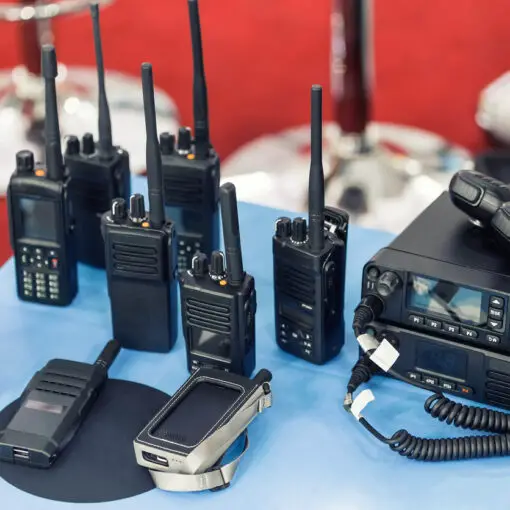Tracking down and locating an item can help hone your skills as a hunter as well as improve your familiarity with the equipment you are using for the hunt. When it comes to the world of Ham Radio this is called a Fox Hunt.
A Fox Hunt is the name given when Ham Radio participants attempt to track down a hidden radio transmitter. It is similar to a game of hide-and-seek, and whoever can find the transmitter is the winner of that round. It does not require a license to play and can be done with minimal equipment.
Below we will look at how to have a Fox Hunt and what you need to participate.
What is a Fox Hunt?
During a Fox Hunt, a small transmitter will emit an audible tone every few seconds after it is hidden. This is called a fox. The hider of the fox will stay at the base or starting location while the rest of the participants set out to find the fox. The first person that locates the transmitter is the winner of that round.
Fox Hunts can be conducted over a short area where the participants can walk to find the fox, or over large areas such as an entire city or county. There are many different variants during a Fox Hunt such as finding multiple transmitters each round or requiring the use of specific equipment to locate the fox.
Fox Hunt Popularity
Fox Hunts are increasing in popularity with Ham radio operators for several reasons. Many operators enjoy the social aspect of meeting and interacting with people of similar interests and hobbies. It is also easy to take part in a Fox Hunt since you do not need a license to broadcast. You will only need a receiver to listen for the Fox’s signal.
Fox Hunting is also competitive. It can help hone your skills of building the equipment needed to participate as well as provide an outdoor physical activity while searching. Some Fox Hunts will even require you to map and the ability to plot each location of the Fox you are seeking.
Requirements for a Fox Hunt
There are a few requirements needed while setting up and participating in a Fox Hunt. The Fox will need to be able to travel and hide in its final location without being spotted by the participants in the Fox Hunt. The object is to find them by using electronic equipment and being able to spot them visually will detract from the hunt.
The hunters should also be prepared for the hunt. They will need to bring any food or water needed during the duration of the hunt. Some Fox Hunts can last multiple hours depending on the size or area the hunt will cover and the ability of the fox to remain undetected by the hunters.
Equipment Needed
To participate in a Fox Hunt a hunter will only need a radio that is capable of picking up VHF/UHF frequencies. The antennas that come with the basic radios can pick up signals from all directions and make it difficult to locate the Fox.
You can use your body to block the signal in certain directions. This is called body shielding. When holding the radio close to your chest it will block the signal and you will know in what direction to head.
The best way to search for a Fox would be with a unidirectional antenna. This antenna will only pick up signals in one direction making it easier to locate and find the source of the signal you are tracking. There are guides online and instructional videos on Youtube on how to build a directional antenna.
Fox Hunting Applications
Fox Hunting does have real-world uses outside of the hide-and-seek game. It can be used in search and rescue applications to find missing and or injured people. It can also help find the sources of radio interference and even find sources of unlicensed and unauthorized Ham radio broadcasts.
Conclusion
Fox Hunting is a game developed by Ham Radio enthusiasts to find and locate hidden radio beacons in a large game of hide-and-seek. It does not require a Ham radio license to participate since you are not broadcasting only seeking the source of the signal.





